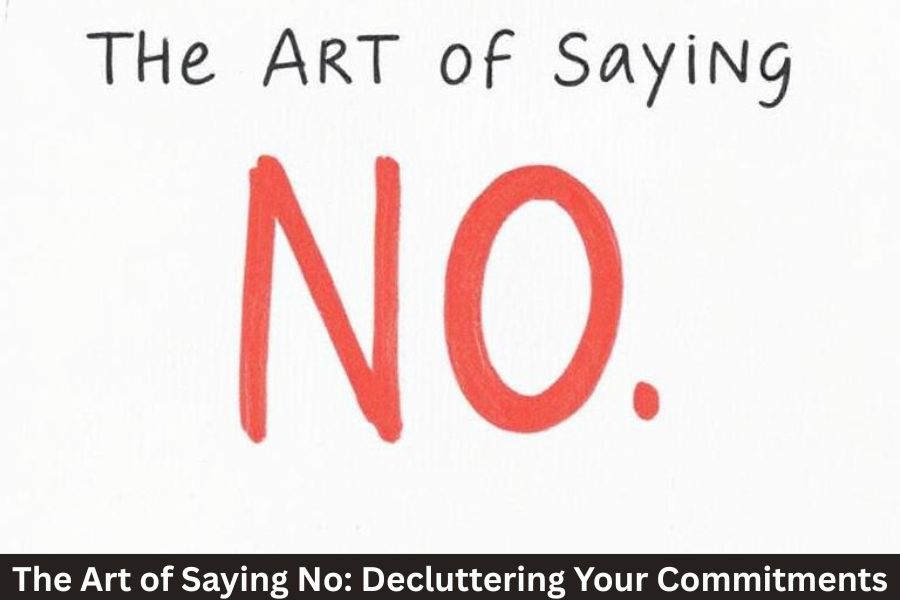Staying fit doesn’t require an expensive gym membership, trendy classes, or fancy equipment. With the right mindset and structure, you can build a sustainable fitness routine from home that boosts your energy, supports your health, and fits seamlessly into your lifestyle.
Whether you’re a beginner or getting back on track, this guide will walk you through the key steps to creating a home workout routine that actually lasts.
Why Choose Home Fitness?
Exercising at home offers several advantages:
- Flexible schedule
- Cost-effective
- Comfortable and private
- No commute time
- Easy to stay consistent
When done right, home workouts can be just as effective as gym-based routines.
Step-by-Step Guide to Building a Sustainable Home Fitness Routine
1. Define Your “Why”
Start by identifying your core motivation:
- Do you want to lose weight?
- Improve strength or flexibility?
- Boost mental health?
- Increase daily energy?
Having a clear purpose will keep you focused and consistent—especially on tough days.
2. Set Realistic and Measurable Goals
Avoid vague resolutions like “get fit.” Instead, try:
- “Work out 4 days per week for 30 minutes”
- “Lose 5 lbs in 2 months”
- “Do 10 full pushups without stopping”
Goals should be specific, achievable, and trackable.
3. Create a Weekly Workout Plan
Structure brings sustainability. Here’s an example of a beginner-friendly weekly split:
| Day | Workout Type |
|---|---|
| Monday | Full-body strength |
| Tuesday | Active rest (walk/stretch) |
| Wednesday | Cardio or HIIT |
| Thursday | Upper body or core |
| Friday | Yoga or mobility work |
| Saturday | Lower body + cardio burst |
| Sunday | Rest or light movement |
Tip: Mix it up to avoid boredom and burnout.
4. Start Small and Build Up Gradually
Begin with 15–20 minutes per day, 3–4 times per week. Over time, increase duration or intensity. Remember, progress beats perfection.
5. Use Minimal or No Equipment
You don’t need a home gym. Start with:
- Bodyweight moves: squats, pushups, planks, lunges
- Resistance bands or dumbbells (optional)
- Household items (water bottles, chairs, towels) as substitutes
Online videos and apps offer endless guided workouts with minimal gear.
6. Schedule Your Workouts Like Appointments
Consistency is key. Block off workout time in your calendar just like a meeting.
- Morning: Great for energy and discipline
- Midday: Good for breaking up sedentary routines
- Evening: Ideal for decompressing
Pick what works best for you—and stick to it.
7. Track Your Progress
Use a journal, fitness app, or calendar to log:
- Workout type and duration
- Sets, reps, and weights (if strength training)
- How you felt before and after
Tracking boosts motivation and helps identify what’s working.
8. Prioritize Recovery and Nutrition
Fitness isn’t just about movement. Support your body by:
- Hydrating properly
- Fueling with nutritious meals
- Getting 7–9 hours of sleep
- Taking rest days seriously
Recovery is where the magic (muscle building, fat loss, endurance) happens.
9. Find an Accountability System
Even at home, you don’t have to go it alone:
- Join online fitness communities
- Use apps like FitOn, Nike Training Club, or YouTube channels
- Text a friend your workout plan each week
Accountability fuels consistency.
10. Keep It Fun and Flexible
The best routine is one you enjoy and can stick with long-term. Mix in:
- Dance workouts
- Kickboxing videos
- Hiking or outdoor walks
- Stretch sessions with calming music
Fitness should feel empowering, not like a punishment.
Common Mistakes to Avoid
- Going too hard, too soon
- Skipping warm-ups and cool-downs
- Comparing your journey to others
- Being too rigid with your plan
- Focusing only on aesthetics
FAQs
Q1: How long should I work out each day?
Aim for 30 minutes, but even 15–20 minutes can be effective if done consistently.
Q2: Do home workouts really work?
Yes! With proper intensity and consistency, home workouts can build strength, improve endurance, and support weight loss.
Q3: What if I have no equipment?
Bodyweight exercises and creative home hacks (like filled water bottles or backpacks) work great for resistance.
Q4: How do I stay motivated long-term?
Set clear goals, track your wins, mix up your routine, and celebrate progress—not perfection.
Q5: Is it okay to miss a day?
Yes. Rest is important. Just get back on track the next day—consistency over time is what matters.



